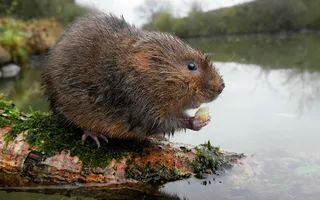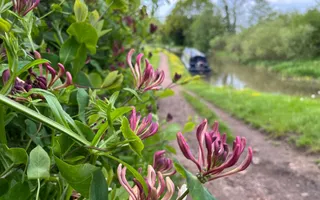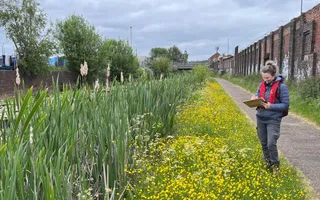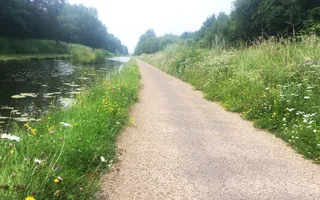Marginal aquatic habitat is where water meets land, and has the potential to provide diverse and valuable habitats for wildlife. Water voles are particularly drawn to these areas.
Various factors can put marginal aquatic habitats at risk, such as concrete and metal piled banks, or overshading caused by unmanaged trees and scrub. Both of these issues can result in areas of canal becoming completely devoid of vegetation.
Our work will focus on encouraging water voles back to recently lost sites, and strengthening and connecting populations which are still holding on.
Installing coir rolls
We will be installing coir rolls against canal banks, which contain specially selected plants that water voles use as food sources. The coir rolls also create an instant ‘soft bank’ effect which allows access up steep concrete or metal piled banks, enabling water voles to burrow and forage in other nearby habitats.
Part of this project will also be managing nearby overgrown scrub and hedgerows, to allow natural light down to the banks and encourage lush vegetation to flourish.










